Home>Gardening & Outdoor>Landscaping Ideas>What Causes Brown Spots In Bermuda Grass
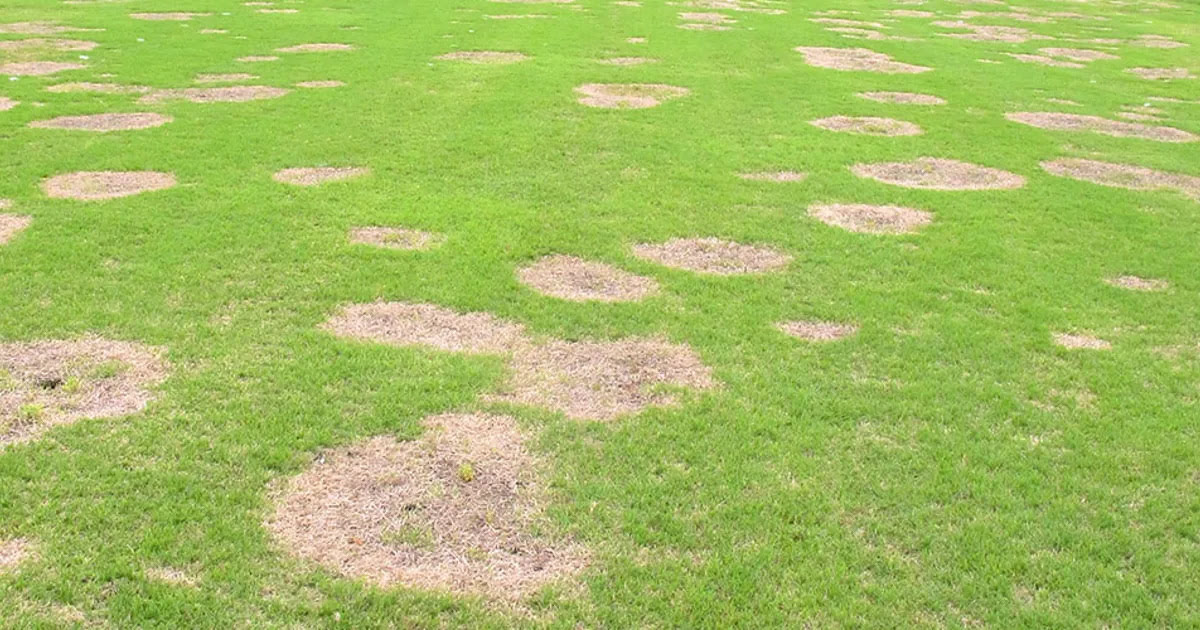

Landscaping Ideas
What Causes Brown Spots In Bermuda Grass
Modified: March 26, 2024
Discover the best landscaping ideas to prevent and treat brown spots in Bermuda grass. Learn effective solutions to keep your lawn looking lush and healthy.
(Many of the links in this article redirect to a specific reviewed product. Your purchase of these products through affiliate links helps to generate commission for Storables.com, at no extra cost. Learn more)
Introduction
Bermuda grass is a popular choice for lawns and sports fields due to its durability and resilience. However, despite its robust nature, Bermuda grass is susceptible to various issues that can affect its appearance and health. One common problem that many lawn owners encounter is the development of brown spots within their Bermuda grass. These unsightly patches can detract from the overall aesthetic appeal of the lawn and may indicate underlying issues that need to be addressed.
In this comprehensive guide, we will delve into the various factors that can lead to the formation of brown spots in Bermuda grass. By understanding the potential causes, lawn owners can take proactive measures to prevent and address these issues, thereby maintaining a lush and vibrant lawn throughout the year. From environmental factors to fungal diseases and improper maintenance practices, we will explore the diverse range of reasons behind brown spots in Bermuda grass. Additionally, we will discuss effective strategies for preventing and treating these brown spots, empowering lawn owners with the knowledge needed to promote the optimal health and beauty of their Bermuda grass.
Join us as we unravel the mysteries behind brown spots in Bermuda grass and equip ourselves with the insights and techniques necessary to foster thriving and resilient lawns. Let's embark on this enlightening journey to uncover the secrets of Bermuda grass care and maintenance, ensuring that brown spots become a distant memory, and lush, green expanses become the hallmark of every Bermuda grass lawn.
Key Takeaways:
- Bermuda grass can develop brown spots due to factors like extreme weather, fungal diseases, insect infestations, and improper maintenance. Understanding and addressing these issues can help maintain a vibrant and healthy lawn.
- Preventing and treating brown spots in Bermuda grass involves creating optimal growing conditions, monitoring for pests, and implementing targeted interventions. With proactive care, Bermuda grass can thrive without unsightly discoloration.
Read more: What Causes Brown Spots In My Grass
Understanding Bermuda Grass
Bermuda grass, scientifically known as Cynodon dactylon, is a warm-season grass that thrives in sunny, subtropical, and tropical regions. It is prized for its exceptional tolerance to heat, drought, and foot traffic, making it a popular choice for lawns, golf courses, athletic fields, and parks. This resilient grass species exhibits a fine to medium texture and possesses a robust root system, enabling it to withstand various environmental stressors.
One of the defining characteristics of Bermuda grass is its rapid growth and spread, facilitated by both above-ground stolons and below-ground rhizomes. This aggressive growth habit allows Bermuda grass to quickly fill in bare patches and recover from damage, contributing to its reputation as a hardy and resilient turfgrass variety.
Bermuda grass is known for its vibrant green color during the growing season, creating a lush and inviting landscape. However, despite its robust nature, Bermuda grass is susceptible to certain challenges, including the development of brown spots that can mar its visual appeal. Understanding the underlying causes of these brown spots is crucial for preserving the health and aesthetics of Bermuda grass lawns.
By gaining insights into the specific requirements and growth patterns of Bermuda grass, lawn owners can make informed decisions regarding maintenance practices, watering schedules, and pest management, thereby fostering an environment where Bermuda grass can thrive. With a deeper understanding of this resilient grass species, individuals can embark on a journey to cultivate vibrant, healthy lawns that showcase the enduring beauty of Bermuda grass throughout the seasons.
Causes of Brown Spots in Bermuda Grass
Bermuda grass is renowned for its ability to create lush, verdant lawns, but the emergence of brown spots can mar its visual appeal and indicate underlying issues that need to be addressed. Identifying the causes of brown spots in Bermuda grass is essential for implementing targeted solutions and restoring the lawn to its vibrant state. From environmental factors to fungal diseases and insect infestations, several elements can contribute to the development of brown spots within Bermuda grass lawns.
Understanding the diverse array of potential causes empowers lawn owners to take proactive measures to prevent these issues and promote the optimal health of their Bermuda grass. Let’s explore the various factors that can lead to the formation of brown spots, shedding light on the intricate dynamics at play within the lawn ecosystem.
Environmental Factors
Environmental factors play a significant role in the overall health and appearance of Bermuda grass lawns. Exposure to extreme weather conditions, such as prolonged periods of intense heat or drought, can exert stress on the grass, leading to the development of brown spots. Additionally, overwatering or inadequate irrigation practices can create favorable conditions for the onset of fungal diseases, further contributing to the formation of brown spots within the lawn.
Furthermore, soil compaction and poor drainage can impede the proper circulation of air, water, and nutrients within the soil, hindering the growth and vitality of Bermuda grass. As a result, localized areas of the lawn may exhibit brown spots as a manifestation of the underlying soil-related challenges. Inadequate soil aeration and nutrient deficiencies can also impact the overall resilience of Bermuda grass, making it more susceptible to environmental stressors and subsequent discoloration.
Moreover, the presence of excessive thatch, which is a layer of dead grass and organic matter that accumulates above the soil, can create an environment conducive to disease development and hinder the penetration of water and nutrients to the grassroots. This can contribute to the emergence of brown spots within the lawn, signaling the need for proactive measures to address thatch accumulation and restore the vigor of the Bermuda grass.
To mitigate the impact of environmental factors on Bermuda grass, lawn owners can implement strategies such as proper irrigation practices, aeration to alleviate soil compaction, and regular dethatching to promote a healthy and resilient lawn. By addressing these environmental considerations, individuals can create an optimal growing environment for Bermuda grass, reducing the likelihood of brown spot formation and fostering a vibrant and enduring lawn landscape.
Fungal Diseases
Fungal diseases pose a significant threat to the health and appearance of Bermuda grass, often manifesting as unsightly brown spots within the lawn. These diseases can be triggered by a variety of factors, including excessive moisture, poor air circulation, and high humidity levels, creating an environment conducive to fungal growth and proliferation.
One common fungal disease that affects Bermuda grass is dollar spot, characterized by small, circular brown patches that resemble silver dollars. This disease thrives in conditions of high humidity and can rapidly spread throughout the lawn, leading to the formation of conspicuous brown spots. Additionally, brown patch, another prevalent fungal disease, can cause irregularly shaped brown areas to appear in the grass, signaling the presence of this detrimental pathogen.
Furthermore, leaf spot diseases, such as Helminthosporium leaf spot and Bipolaris leaf spot, can contribute to the development of brown spots in Bermuda grass. These diseases typically manifest as small, dark lesions on the grass blades, eventually leading to the formation of brown patches within the lawn. As these fungal pathogens take hold, they can compromise the overall health and vigor of Bermuda grass, necessitating prompt intervention to prevent widespread damage.
To effectively combat fungal diseases and mitigate the formation of brown spots, lawn owners can implement cultural practices that promote a healthy growing environment for Bermuda grass. These practices may include improving air circulation through proper mowing techniques, avoiding excessive nitrogen fertilization, and promoting balanced soil moisture levels. Additionally, the use of fungicides, particularly those formulated for specific fungal pathogens affecting Bermuda grass, can aid in controlling and preventing the spread of these detrimental diseases.
By addressing fungal diseases and their impact on Bermuda grass, individuals can safeguard the vitality and visual appeal of their lawns, minimizing the occurrence of brown spots and fostering a resilient and thriving grass landscape.
To prevent brown spots in Bermuda grass, ensure proper watering and drainage, mow at the correct height, and fertilize according to the grass’s needs. Additionally, address any pest or disease issues promptly.
Read more: What Causes Brown Patches In Bermuda Grass
Insect Infestations
Insect infestations can pose a significant threat to the health and vitality of Bermuda grass, potentially leading to the development of brown spots within the lawn. Various pests and insects, including chinch bugs, armyworms, and grubs, can target Bermuda grass, causing damage that manifests as discolored and dying areas within the turf.
Chinch bugs, for instance, are notorious for their destructive impact on Bermuda grass, as they feed on the grass blades and inject toxic saliva, resulting in the formation of brown, sunken patches. These pests thrive in hot, dry conditions, making Bermuda grass lawns particularly susceptible to their detrimental effects during periods of intense heat and drought.
Armyworms, the larvae of certain moth species, are another common pest that can inflict damage on Bermuda grass. These voracious feeders consume grass blades, leading to the appearance of brown, irregularly shaped patches within the lawn. Their rapid feeding habits can contribute to widespread discoloration and compromise the overall aesthetic appeal of the grass.
Grubs, the larval stage of beetles, can also wreak havoc on Bermuda grass lawns. These subterranean pests feed on the grassroots, causing the affected areas to exhibit signs of distress, including browning and wilting. As a result, the presence of grubs can contribute to the formation of brown spots and weaken the resilience of the grass.
To mitigate the impact of insect infestations on Bermuda grass, lawn owners can implement proactive measures, such as regular monitoring for signs of pest activity, promoting a healthy and robust turf through appropriate fertilization and watering, and employing targeted insecticides when necessary. By addressing insect infestations in a timely manner, individuals can safeguard the health and visual appeal of their Bermuda grass lawns, minimizing the occurrence of brown spots and fostering a thriving and resilient turfgrass landscape.
Improper Maintenance
Improper maintenance practices can significantly impact the health and appearance of Bermuda grass lawns, potentially leading to the formation of unsightly brown spots. Inadequate lawn care, including improper mowing, over- or under-fertilization, and neglecting essential cultural practices, can compromise the resilience and vigor of Bermuda grass, rendering it more susceptible to stress and damage.
Improper mowing techniques, such as cutting the grass too short or infrequently, can stress Bermuda grass and impede its ability to thrive. This can result in weakened turf that is more prone to developing brown spots, particularly in areas where the grass is under duress. Additionally, over-fertilization, especially with high-nitrogen fertilizers, can lead to excessive top growth at the expense of root development, making the grass more vulnerable to environmental stressors and potential discoloration.
Furthermore, neglecting essential cultural practices, such as dethatching, aerating, and maintaining proper soil pH, can contribute to the emergence of brown spots within the lawn. Thatch accumulation, for instance, can create an environment conducive to disease development and hinder the penetration of water and nutrients to the grassroots, leading to localized areas of discoloration and distress within the Bermuda grass.
Addressing improper maintenance practices involves adopting a holistic approach to lawn care, encompassing proper mowing heights, balanced fertilization, regular dethatching and aeration, and attentive soil management. By fostering a healthy and resilient turf through conscientious maintenance practices, individuals can minimize the occurrence of brown spots and promote the enduring beauty of Bermuda grass throughout the seasons.
Preventing and Treating Brown Spots in Bermuda Grass
Preventing and treating brown spots in Bermuda grass requires a comprehensive approach that addresses the diverse array of potential causes, ranging from environmental factors to fungal diseases, insect infestations, and improper maintenance practices. By implementing proactive measures and targeted interventions, lawn owners can foster a healthy and vibrant Bermuda grass landscape, minimizing the occurrence of brown spots and preserving the visual appeal of the lawn.
One of the fundamental strategies for preventing brown spots involves promoting optimal growing conditions for Bermuda grass. This includes maintaining balanced soil moisture levels, ensuring proper irrigation practices, addressing soil compaction through aeration, and managing thatch accumulation to create a conducive environment for healthy turf growth. Additionally, regular monitoring for signs of pest activity and implementing integrated pest management strategies can help mitigate the impact of insect infestations on Bermuda grass.
To combat fungal diseases, lawn owners can employ cultural practices that enhance air circulation, avoid over-fertilization, and promote balanced soil moisture, reducing the likelihood of disease development and the subsequent formation of brown spots. Additionally, the targeted use of fungicides, particularly those tailored to specific fungal pathogens affecting Bermuda grass, can aid in controlling and preventing the spread of detrimental diseases.
Proper maintenance practices, including adhering to recommended mowing heights, balanced fertilization, and regular dethatching and aeration, are essential for promoting the resilience and vigor of Bermuda grass, minimizing the risk of brown spot formation. By embracing a holistic approach to lawn care, individuals can create an environment where Bermuda grass can thrive, exhibiting its vibrant green hue without the intrusion of unsightly brown spots.
In the event that brown spots do emerge within the lawn, prompt intervention is crucial to prevent their spread and restore the health of the Bermuda grass. This may involve targeted treatments for fungal diseases, such as fungicidal applications, and addressing insect infestations through the judicious use of insecticides. Additionally, localized lawn care practices, such as overseeding affected areas and promoting balanced soil nutrition, can aid in the recovery of Bermuda grass from brown spot damage.
By embracing a proactive and attentive approach to lawn care, individuals can safeguard the vitality and visual appeal of their Bermuda grass, ensuring that brown spots become a rarity rather than a recurring challenge. Through informed decision-making and diligent maintenance, a lush and resilient Bermuda grass landscape can take center stage, captivating onlookers with its enduring beauty and vibrancy.
Conclusion
In the realm of lawn care and maintenance, the emergence of brown spots in Bermuda grass can serve as a visual indicator of underlying challenges that require attention and intervention. By delving into the intricate dynamics at play within the lawn ecosystem, we have uncovered a diverse array of factors that can contribute to the formation of these unsightly patches, ranging from environmental stressors to fungal diseases, insect infestations, and improper maintenance practices.
Understanding the multifaceted nature of these potential causes empowers lawn owners to take proactive measures to prevent the development of brown spots and promote the optimal health and beauty of their Bermuda grass. From fostering optimal growing conditions and implementing integrated pest management strategies to embracing conscientious maintenance practices, individuals can create an environment where Bermuda grass can thrive, showcasing its vibrant green expanse without the intrusion of discoloration and distress.
As stewards of their lawn landscapes, individuals can embark on a journey to cultivate resilient and enduring Bermuda grass lawns, where brown spots become a rarity rather than a recurring challenge. By leveraging the insights and strategies outlined in this guide, lawn owners can navigate the complexities of Bermuda grass care with confidence, ensuring that their outdoor spaces are adorned with lush, vibrant expanses that captivate the senses and elevate the aesthetic allure of their surroundings.
Through a harmonious blend of proactive prevention and targeted treatment, the resilience and vitality of Bermuda grass can be upheld, transforming lawns into inviting sanctuaries of natural beauty. With a deep-rooted understanding of the potential causes of brown spots and the corresponding preventive and remedial measures, individuals can cultivate a landscape where Bermuda grass flourishes, unfettered by the specter of unsightly discoloration.
As we conclude this enlightening exploration, let us embrace the stewardship of Bermuda grass lawns with a sense of purpose and dedication, nurturing these verdant expanses to radiate with vitality and allure. By embracing the principles of informed care and attentive maintenance, individuals can revel in the enduring splendor of Bermuda grass, where lush, green carpets unfold without the intrusion of brown spots, embodying the timeless allure of a well-tended natural canvas.
Frequently Asked Questions about What Causes Brown Spots In Bermuda Grass
Was this page helpful?
At Storables.com, we guarantee accurate and reliable information. Our content, validated by Expert Board Contributors, is crafted following stringent Editorial Policies. We're committed to providing you with well-researched, expert-backed insights for all your informational needs.
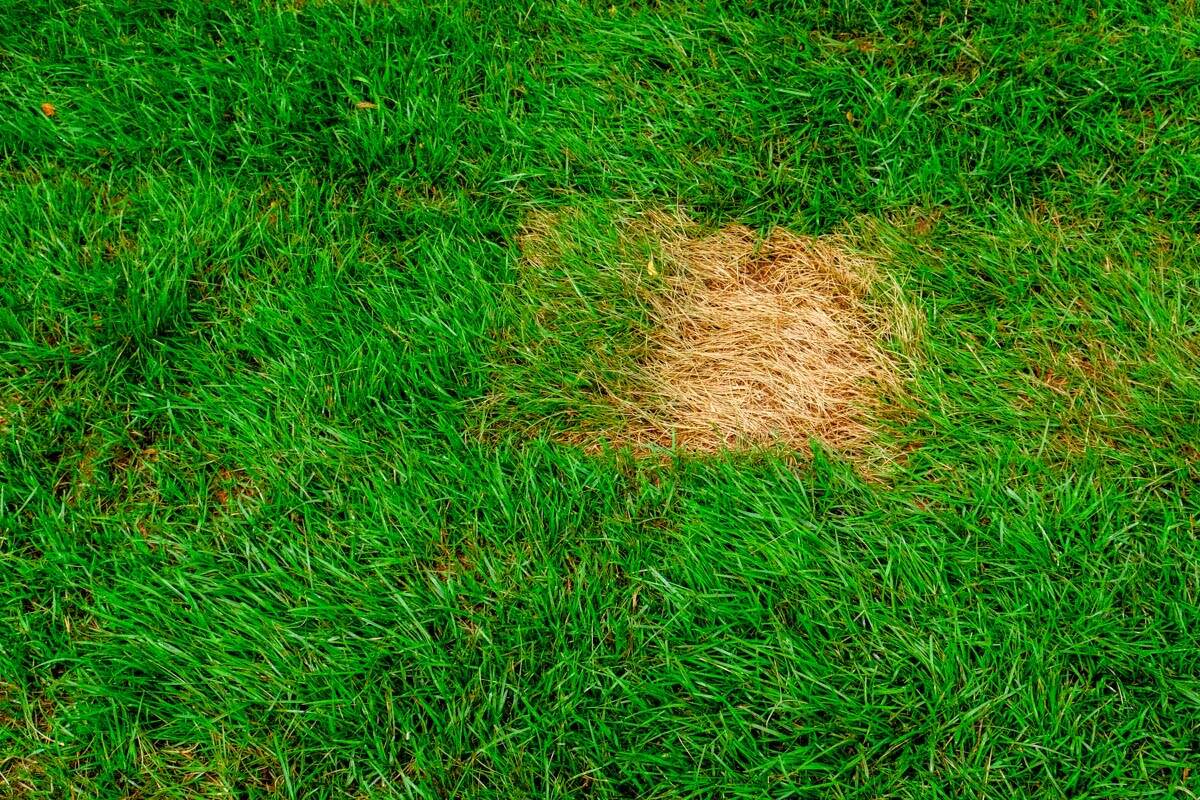
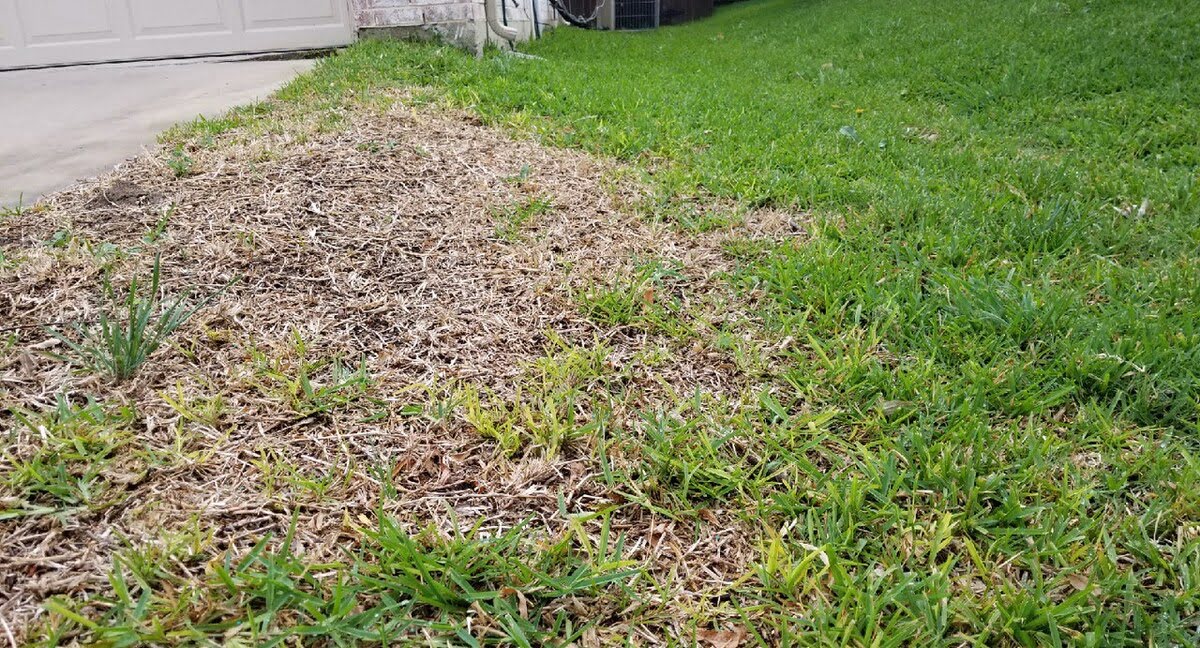
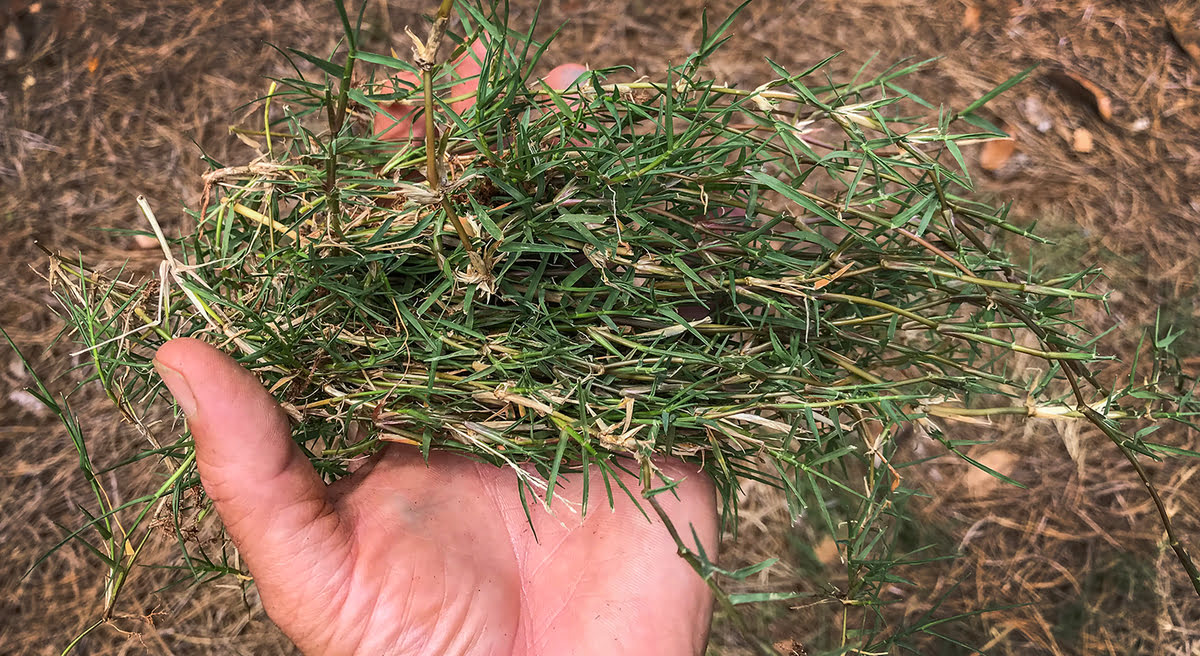
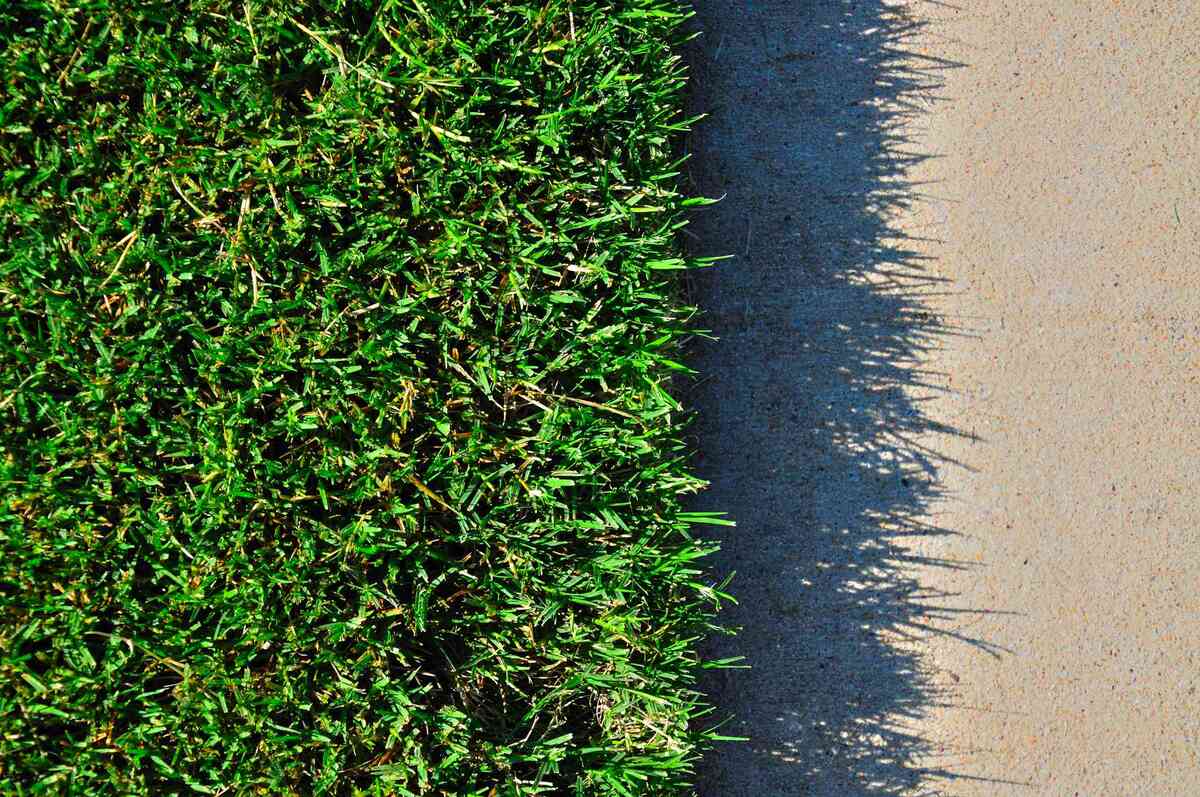
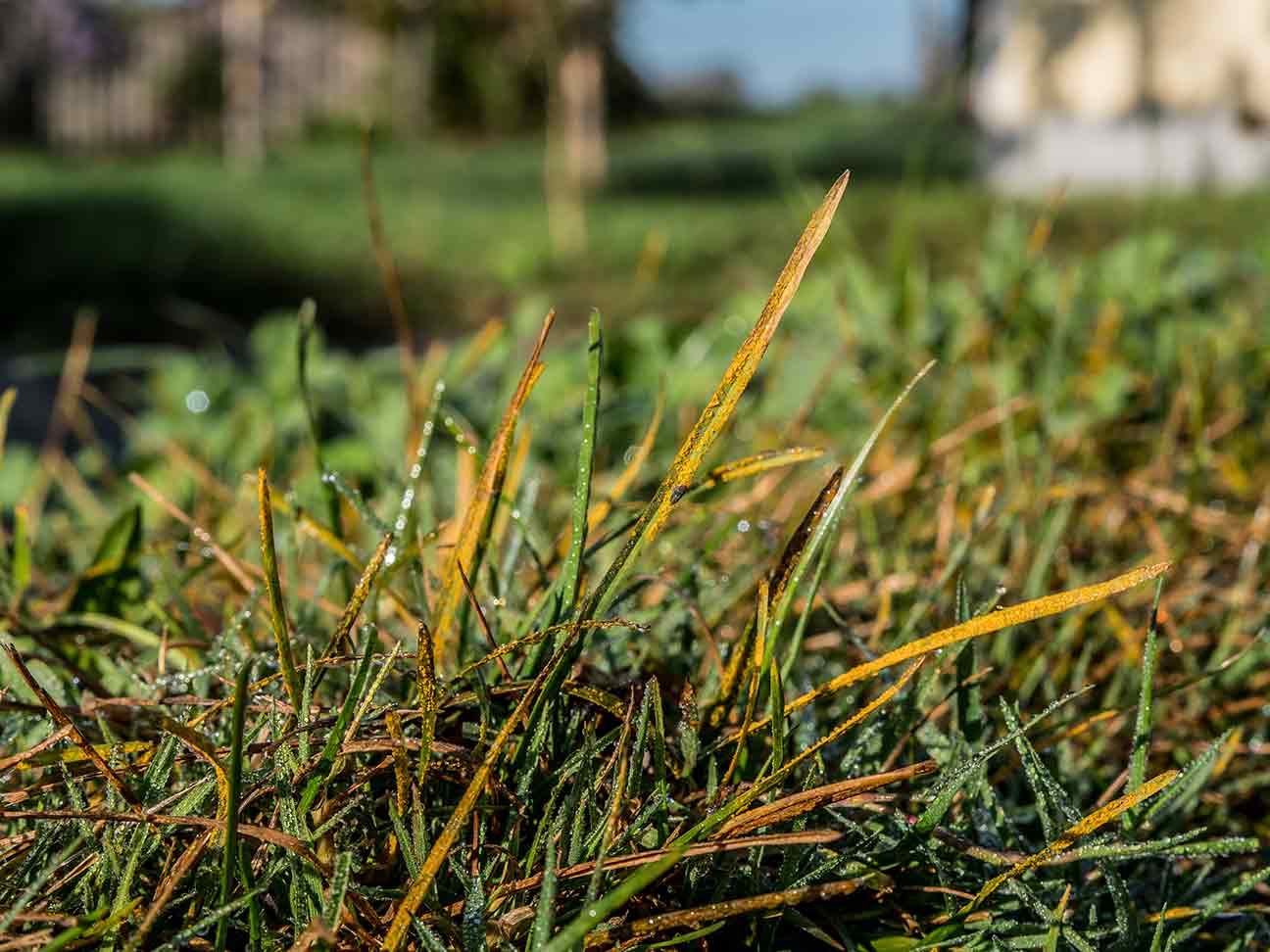
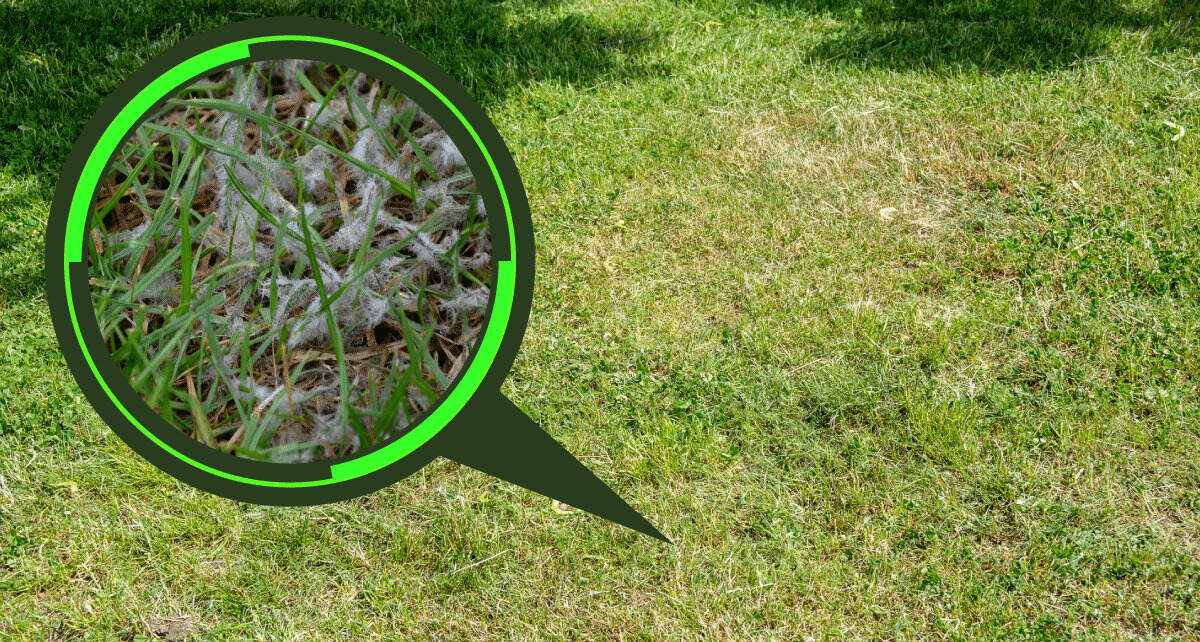
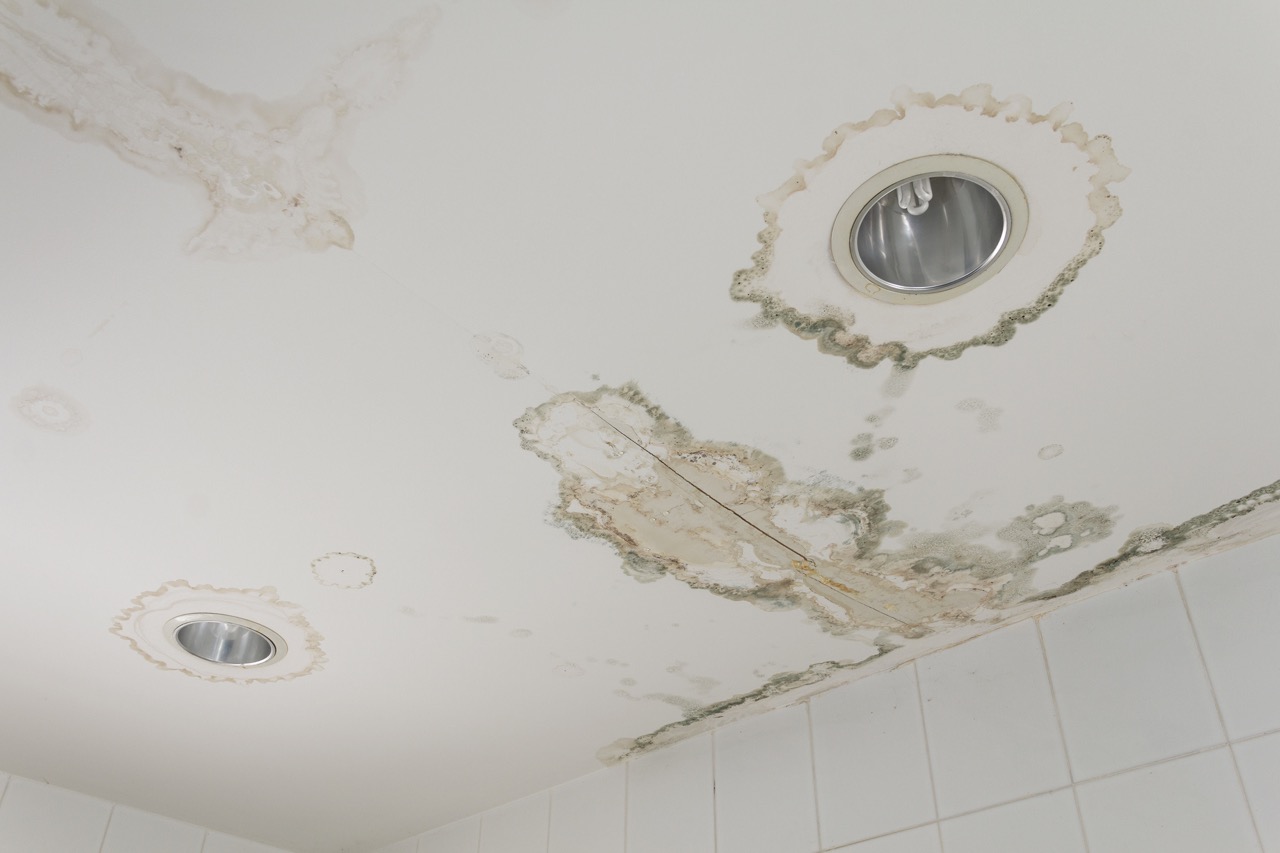
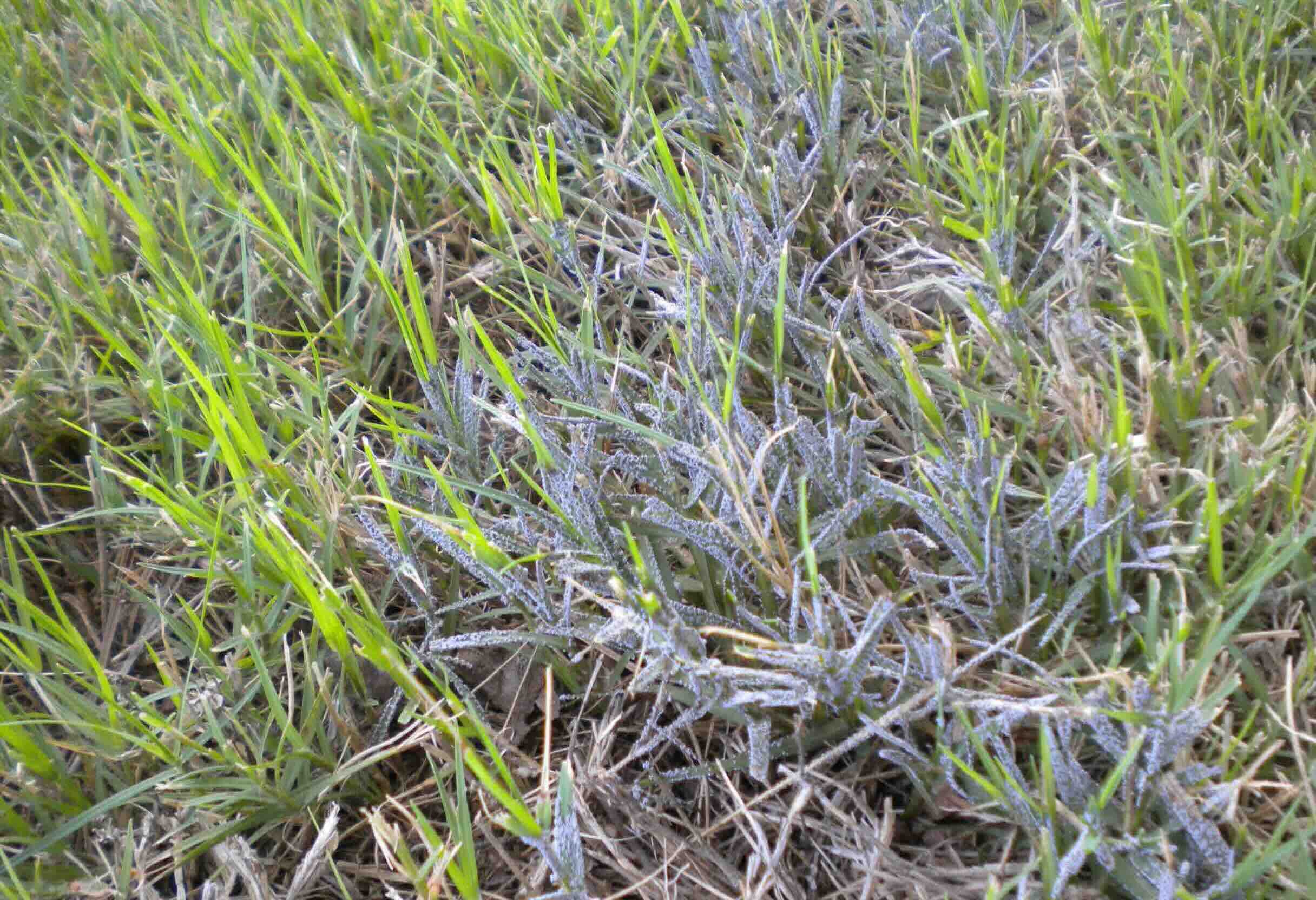
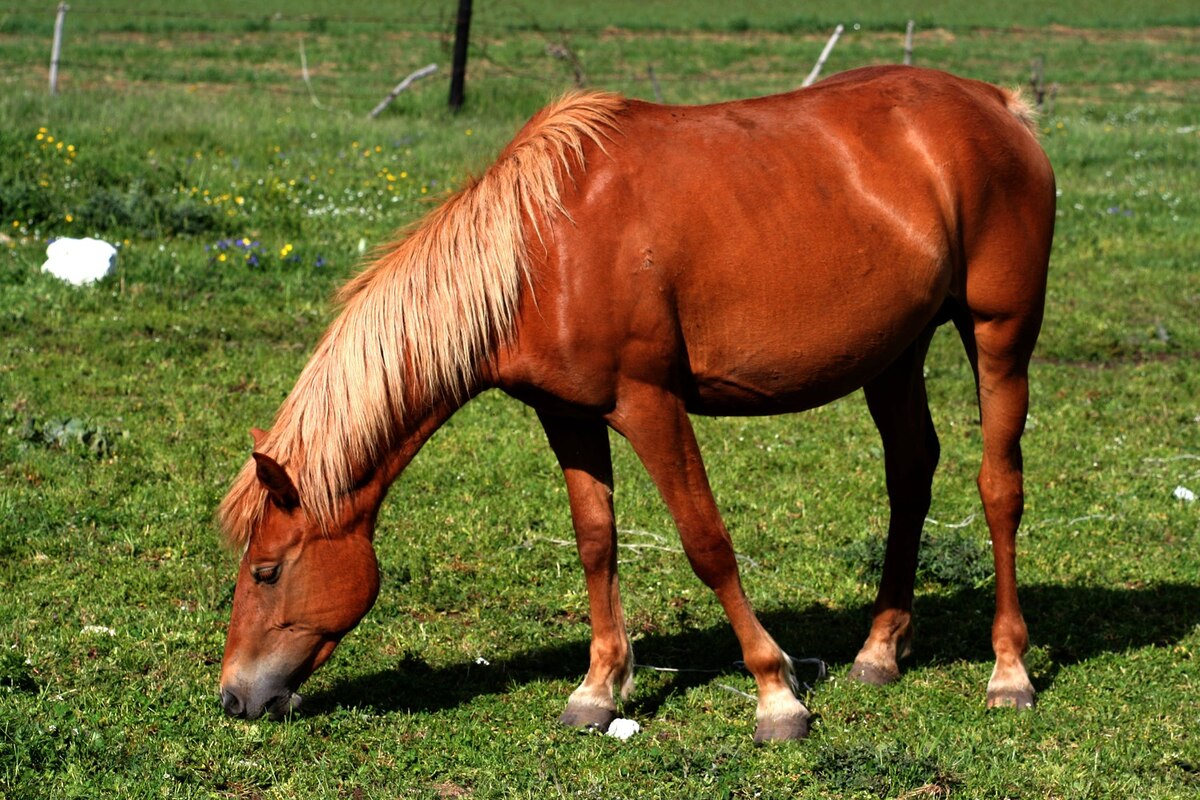
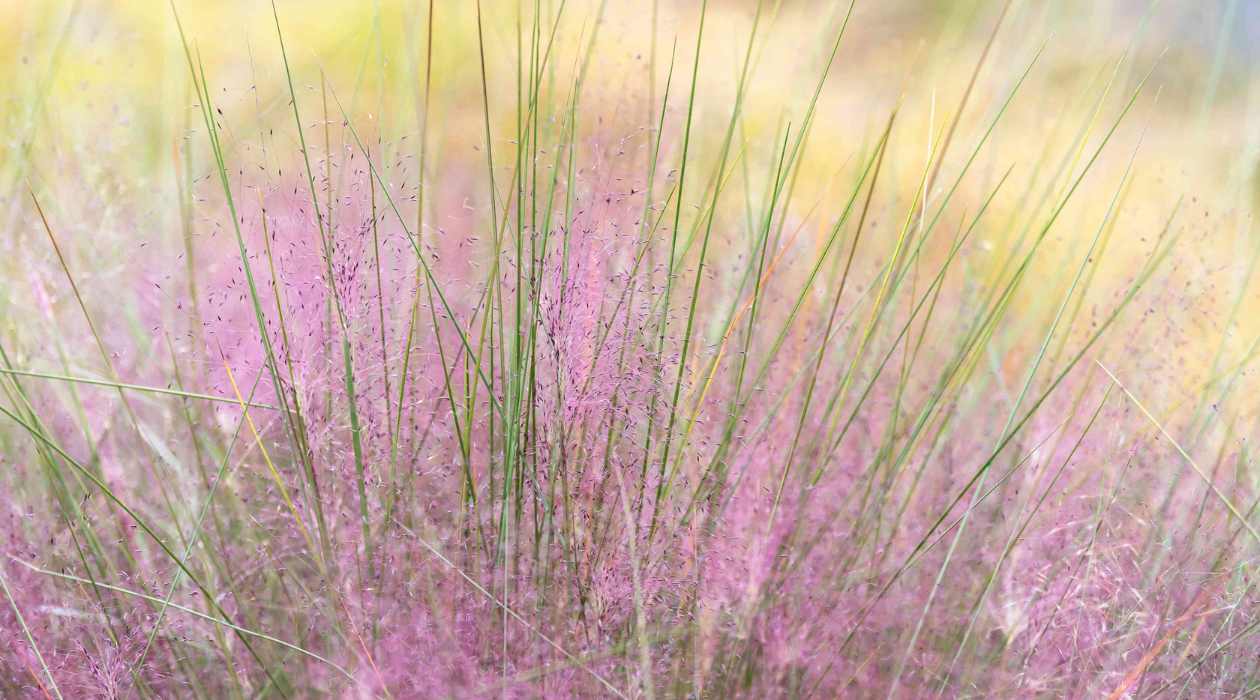
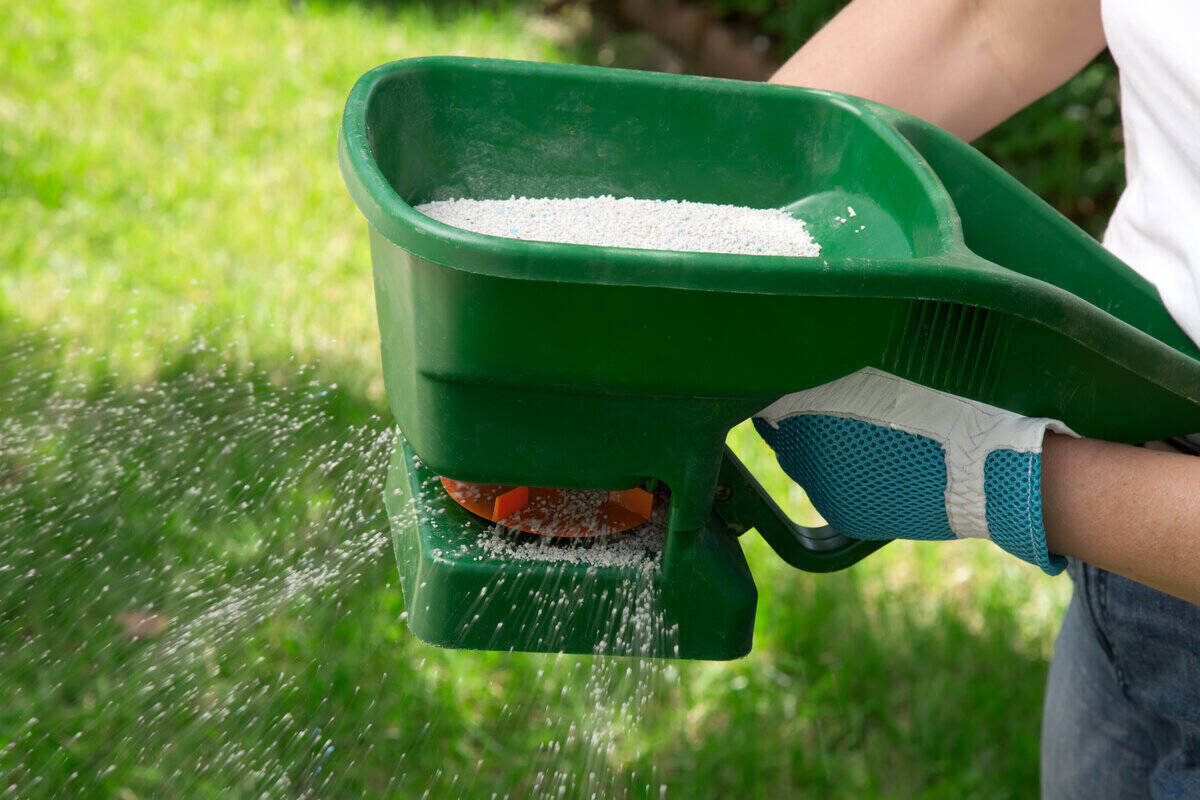
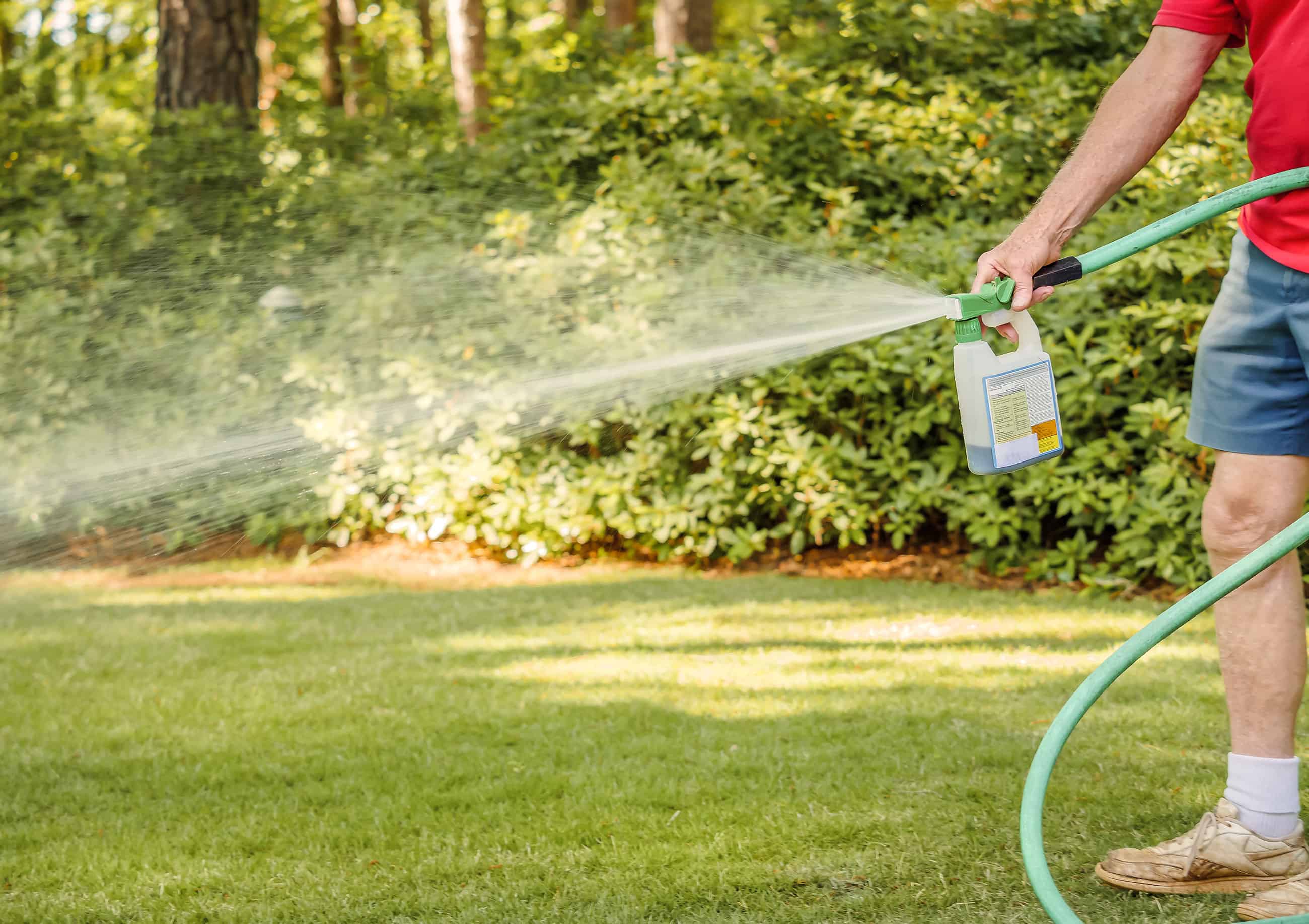
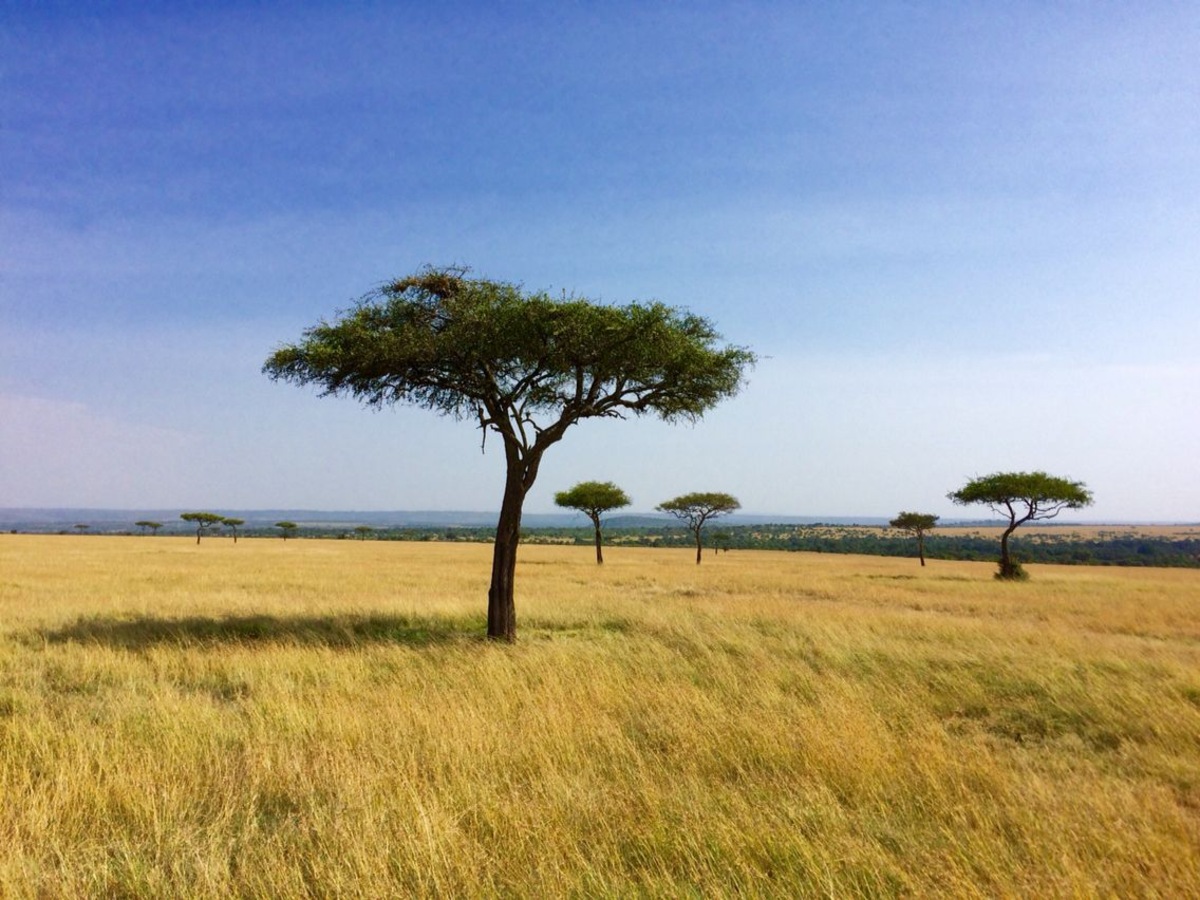
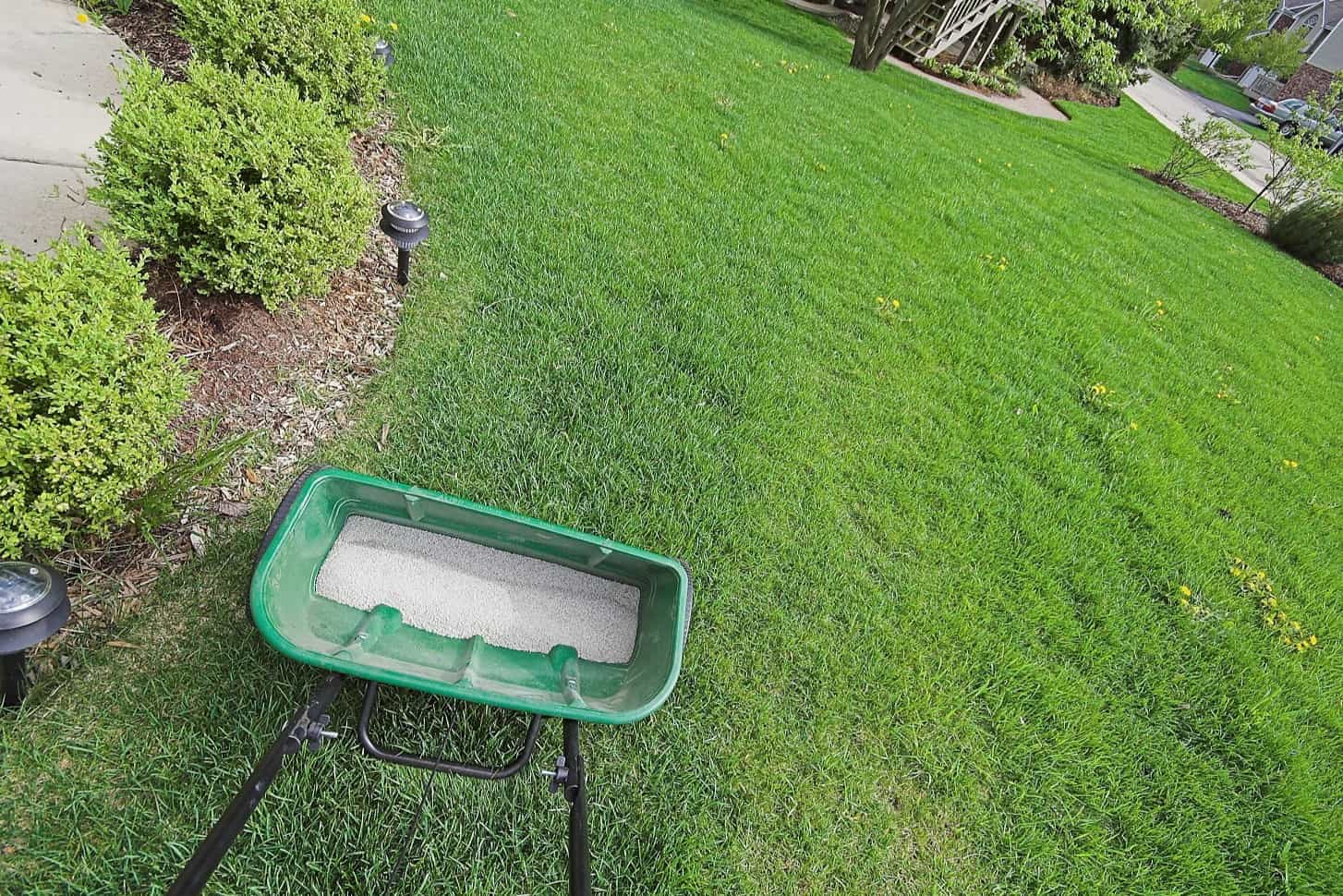

0 thoughts on “What Causes Brown Spots In Bermuda Grass”